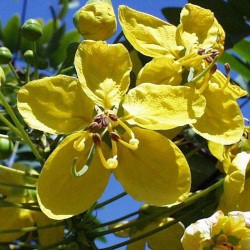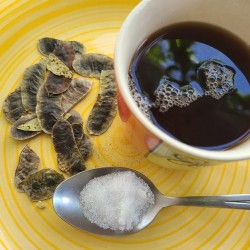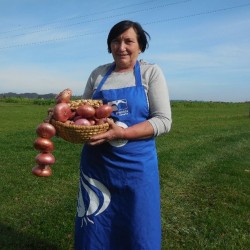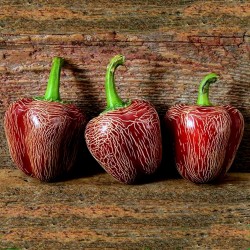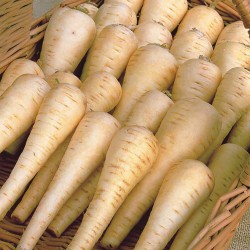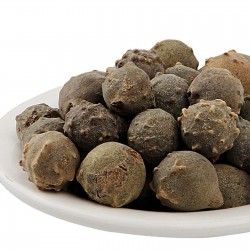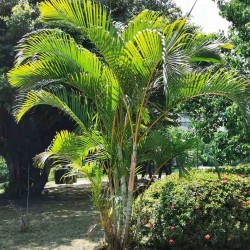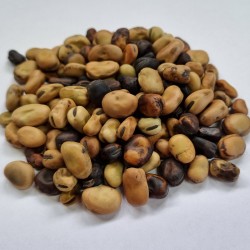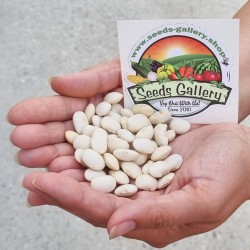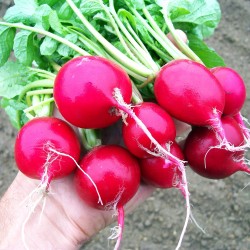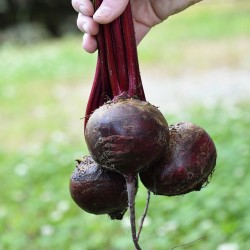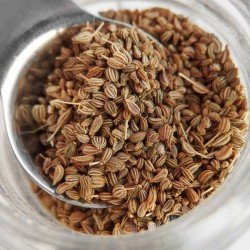
Ajwain, ajowan Seeds...
Price
€1.85
SKU: MHS 136
Seeds Gallery Com,
5/
5
<h2><strong>Ajwain, ajowan Seeds (Trachyspermum ammi)</strong></h2>
<h2><span style="color: #ff0000;" class=""><strong>Price for Package of 100 seeds. </strong></span></h2>
<div class=""><b style="color: #202122; font-size: 14px;">Ajwain</b><span style="color: #202122; font-size: 14px;">,<span> </span></span><b style="color: #202122; font-size: 14px;">ajowan</b><sup id="cite_ref-oed_3-0" class="reference" style="color: #202122; font-size: 11.2px;"></sup><span style="color: #202122; font-size: 14px;"><span> </span>(</span><span class="rt-commentedText nowrap" style="color: #202122; font-size: 14px;"><span class="IPA nopopups noexcerpt">/<span><span title="/ˈ/: primary stress follows">ˈ</span><span title="/æ/: 'a' in 'bad'">æ</span><span title="/dʒ/: 'j' in 'jam'">dʒ</span><span title="/ə/: 'a' in 'about'">ə</span><span title="'w' in 'wind'">w</span><span title="/ɒ/: 'o' in 'body'">ɒ</span><span title="'n' in 'nigh'">n</span></span>/</span></span><span style="color: #202122; font-size: 14px;">), or<span> </span></span><i style="color: #202122; font-size: 14px;"><b>Trachyspermum ammi</b></i><span style="color: #202122; font-size: 14px;">—also known as<span> </span></span><b style="color: #202122; font-size: 14px;">ajowan caraway</b><span style="color: #202122; font-size: 14px;">,<span> </span></span><b style="color: #202122; font-size: 14px;">thymol seeds</b><span style="color: #202122; font-size: 14px;">,<span> </span></span><b style="color: #202122; font-size: 14px;">bishop's weed</b><span style="color: #202122; font-size: 14px;">, or<span> </span></span><b style="color: #202122; font-size: 14px;">carom</b><span style="color: #202122; font-size: 14px;">—is an<span> </span></span>annual<span style="color: #202122; font-size: 14px;"><span> </span></span>herb<span style="color: #202122; font-size: 14px;"><span> </span>in the family<span> </span></span>Apiaceae<span style="color: #202122; font-size: 14px;">.</span><span style="color: #202122; font-size: 14px;"><span> </span>Both the leaves and the<span> </span></span>seed<span style="color: #202122; font-size: 14px;">‑like<span> </span></span>fruit<span style="color: #202122; font-size: 14px;"><span> </span>(often mistakenly called seeds) of the plant are consumed by humans. The name "</span>bishop's weed<span style="color: #202122; font-size: 14px;">" also is a common name for other plants. The "seed" (i.e., the fruit) is often confused with<span> </span></span>lovage<span style="color: #202122; font-size: 14px;"><span> </span>"seed".<br /><br /><span>Ajwain's small, oval-shaped, seed-like fruits are pale brown </span>schizocarps<span>, which resemble the seeds of other plants in the family Apiaceae such as </span>caraway<span>, </span>cumin<span> and </span>fennel<span>. They have a bitter and pungent taste, with a flavor similar to </span>anise<span> and </span>oregano<span>. They smell almost exactly like </span>thyme<span> because they also contain </span>thymol<span>, but they are more aromatic and less subtle in taste, as well as being somewhat bitter and pungent. Even a small number of fruits tends to dominate the flavor of a dish.</span><br /><br /></span>
<h2 style="color: #000000; font-size: 1.5em;"><span class="mw-headline" id="Cultivation_and_production">Cultivation and production</span></h2>
<p>The plant is mainly cultivated in<span> </span>Iran<span> </span>and<span> </span>India.<sup id="cite_ref-Green2006_5-2" class="reference" style="font-size: 11.2px;"></sup></p>
<h2 style="color: #000000; font-size: 1.5em;"><span class="mw-headline" id="Culinary_uses">Culinary uses</span></h2>
<p>The fruits are rarely eaten raw; they are commonly<span> </span>dry-roasted<span> </span>or fried in<span> </span>ghee<span> </span>(clarified butter). This allows the spice to develop a more subtle and complex aroma. It is widely used in the<span> </span>cuisine of the Indian subcontinent, often as part of a<span> </span>chaunk<span> </span>(also called a<span> </span><i>tarka</i>), a mixture of spices - sometimes with a little chopped garlic or onion - fried in oil or clarified butter, which is used to flavor a dish at the end of cooking. It is also an important ingredient for herbal medicine practiced there. In<span> </span>Afghanistan, the fruits are sprinkled over bread and biscuits.<sup id="cite_ref-Davidson2014_6-0" class="reference" style="font-size: 11.2px;"></sup></p>
<h2 style="color: #000000; font-size: 1.5em;"><span class="mw-headline" id="As_a_medication">As a medication</span></h2>
<p>There is little high-quality<span> </span>clinical evidence<span> </span>that ajwain has anti-disease properties in humans.<sup id="cite_ref-drugs_7-0" class="reference" style="font-size: 11.2px;">[7]</sup><span> </span>Ajwain is sold as a<span> </span>dietary supplement<span> </span>in<span> </span>capsules, liquids, or powders.<sup id="cite_ref-drugs_7-1" class="reference" style="font-size: 11.2px;">[7]</sup><span> </span>An<span> </span>extract<span> </span>of bishop's weed is manufactured as a<span> </span>prescription drug<span> </span>called<span> </span>methoxsalen<span> </span>(<i>Uvadex</i>,<span> </span><i>8-Mop</i>,<span> </span><i>Oxsoralen</i>) provided as a<span> </span>skin cream<span> </span>or oral capsule to treat<span> </span>psoriasis, repigmentation from<span> </span>vitiligo, or skin disorders of<span> </span>cutaneous T-cell lymphoma.<sup id="cite_ref-drugs_7-2" class="reference" style="font-size: 11.2px;">[7]</sup><sup id="cite_ref-drugs-meth_8-0" class="reference" style="font-size: 11.2px;">[8]</sup><span> </span>Because methoxsalen has numerous interactions with<span> </span>disease-specific drugs, it is prescribed to people only by experienced<span> </span>physicians.<sup id="cite_ref-drugs-meth_8-1" class="reference" style="font-size: 11.2px;"></sup></p>
<p>Ajwain is used in<span> </span>traditional medicine<span> </span>practices, such as<span> </span>Ayurveda, in<span> </span>herbal blends<span> </span>in the belief it can treat various disorders.<sup id="cite_ref-drugs_7-3" class="reference" style="font-size: 11.2px;"></sup><sup id="cite_ref-9" class="reference" style="font-size: 11.2px;"></sup><span> </span>There is no evidence or regulatory approval that oral use of ajwain in herbal blends is effective or safe.<sup id="cite_ref-drugs_7-4" class="reference" style="font-size: 11.2px;"></sup></p>
<h3 style="color: #000000; font-size: 1.2em;"><span class="mw-headline" id="Adverse_effects">Adverse effects</span></h3>
<p>Women who are pregnant should not use ajwain due to potential<span> </span>adverse effects<span> </span>on fetal development, and its use is discouraged while breastfeeding.<sup id="cite_ref-drugs_7-5" class="reference" style="font-size: 11.2px;"></sup><span> </span>In high amounts taken orally, bishop's weed is considered to be<span> </span>toxic<span> </span>and can result in fatal poisoning.<sup id="cite_ref-drugs_7-6" class="reference" style="font-size: 11.2px;"></sup></p>
<h3 style="color: #000000; font-size: 1.2em;"><span class="mw-headline" id="Essential_oil">Essential oil</span></h3>
<p>Hydrodistillation<span> </span>of ajwain fruits yields an<span> </span>essential oil<span> </span>consisting primarily of<span> </span>thymol,<span> </span>gamma-terpinene,<span> </span>p-cymene, and more than 20 trace compounds which are predominantly<span> </span>terpenoids.</p>
</div>
<script src="//cdn.public.n1ed.com/G3OMDFLT/widgets.js"></script>
MHS 136 (100 S)





